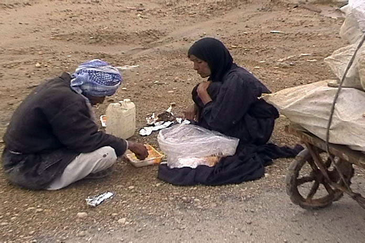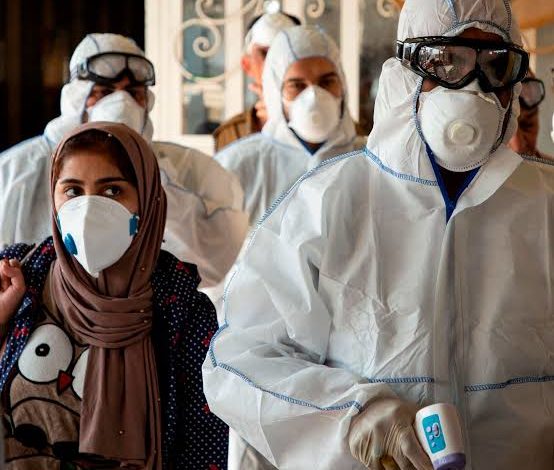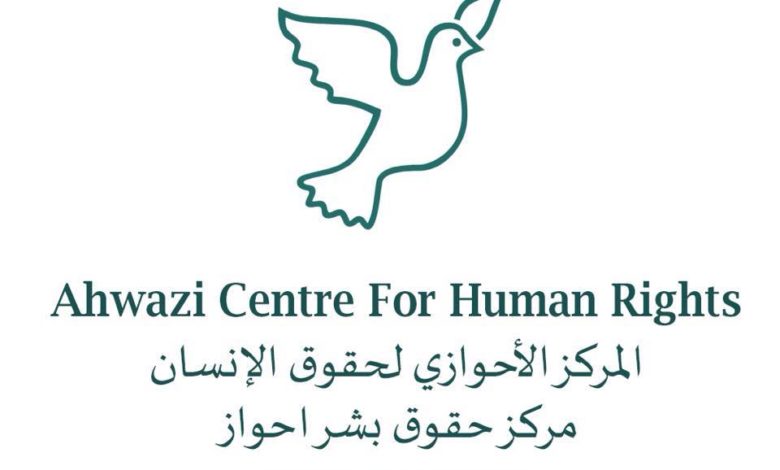Persecution of Ahwazi People Reaches ‘Extreme’ Levels

Persecution of Ahwazi People Reaches ‘Extreme’ Levels
By Heytham Jorfi
The major aim of this article is to look at the persecution of the people of Ahwaz by the Iranian government. Ahwaz or Al-Ahwaz is a region in the south and southwest of Iran where Arab minority is inhabited and there is a population of between approximately seven and eight million people.
This region used to be an independent state until 1925 of the last century. Al-Ahwaz or Arabistan as it was named, was invaded and occupied by Iranian state and after that Iran annexed Al-Ahwaz to its mainland. Since the first moments of the occupation Ahwazi people have been suffering from ruthless and relentless oppression, racial discrimination, and unspeakable persecution. In the begining of the occupation, masses of Arabistan broke out the resistance against the aggressive policies of Iranian authorities and their resistance remained continuous over past nine decades. Despite this the conditions of their living still toward to the worse situations which the situations have reached the emergency status. Today all the aspects of the Ahwazi life have affected in an unrelenting way and that is due to the barbarian practices that Iranian government operates in Arabistan. This article will look at the devastation of the environment in Arabistan, cultural and social persecution as well as economic oppression.
The systematic devastation of the environment in Arabistan
Al Ahwaz is one of the most fertile agriculture lands in the Middle East which is regarded, as a food basket of Iran. Although this territory is considered a considerable resource of agricultural productivity, Iranian state is following lunatic and terrific policies in relating with this area which has built abundant dams on the most important and vital river which is called Karoon. The dams that the government has set out on Karoon have been impacting the amount of the water which decreased the level of the water to an emergency state. This situation led to dust storms throughout the four seasons of the year, and the dust storms accelerated the pace of desertification and destructing the cultivation lands.
Other adverse impacts of Iranian national hydro-politics are the polluting of potable water that caused the spreading of precarious diseases such as epidemics, asthma and skin diseases among people.
According to the World Health Organization (WHO: 2011), Ahwaz (the capital) was reported as the most polluted City in the world, and that proved the indifference Iranian policy toward Ahwazi people.

This chart shows the measures of PM10 in Ahwaz which was reported as most polluted city in the world with highest level of the PM10.
Cultural and social persecution
The mother language is the most important part of an identity which people can read and study. Mother language regarded as a bridge to connect with other nations and cultures. Iranian authorities have been depriving Arab people of education in their language. While a massive amount of Arab students cannot speak Farsi before going to school, these conditions have negatively influenced the Arab students, and many of them forced to leave the schools early which led to high rate of illiteracy among Arab minority as such intensifying the level of poverty and destitution in Arabistan. Iranian enforcement in Ahwaz was condemned by different organizations such as Amnesty and United Nations through its special rapporteur for human rights in Iran, Ahmed Shaheed.
Another way in which the Iranian government is oppressing people in Ahwaz is forbidding the wearing of the local clothing or traditional national costume which is called “Dishdasha” in Ahwazi Arab language. All people remember that unforgettable day when the Iranian police officers assaulted demonstrations while they were marching in the morning of the Eid (National Arab Day) and began to throw the people who were wearing Arabian clothes from the bridge into the river.
In Ahwaz, there are numerous prisoners of conscience and belief which during the last few years, many people was executed due to their beliefs.
Political and Economical Persecution
In Ahwaz, there are no political parties or movements officially to represent people in the institutions of the state, and this shows the range of the oppression that the Ahwazi people are suffering from.
Between hundreds of administrative positions in Arabistan, only a few executives are Arab or from Al-Ahwaz as, this situation systematically keeps native people unemployed. Government pursues oppressive and tyrannical policies that led to some revolutionist political groups to adopt armed action in their struggle and fight against Iranian occupation to obtain freedom and equality and to acquire their rights.
Conclusion
The oppression and persecution in Ahwaz have reached an emergency situation whereby huge numbers of organizations, parties and states around the world have condemned Iranian authorities’ actions in Ahwaz. The systematic destruction of the environment, poverty, inequality, discrimination, and suppression in Ahwaz has made this region one of the worst areas to live in the world.
Heytham Jorfi is a freelance journalist and human rights advocate who writes about the plight of his community – the Ahwazi Arabs – and other ethnic groups in Iran.
The views expressed in this article belong to the author and do not necessarily reflect the editorial policy of Ahwaz Monitor.
Reference:
- Brett, Daniel. 2014. Iran: Persecution of Arabs under United Kingdom: HUFFPOST POLITICS.
- Brett, Daniel. 2013. The most polluted city on the earth. Ahwaz News Agency.
- Zarindast, Karen. 2011. Ahwaz in Iran tops WHO air pollution index.http://www.bbc.com/news/world-middle-east-15109116.
C: R.H
S: aLiBz




